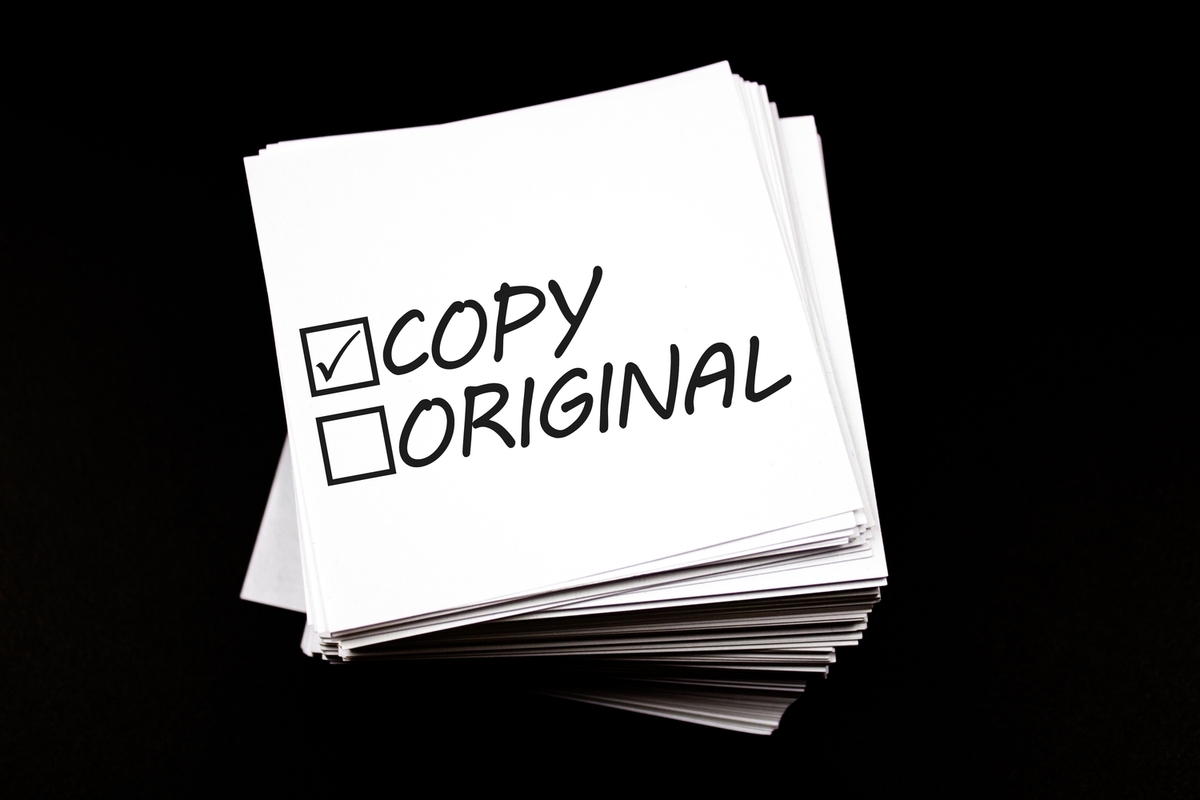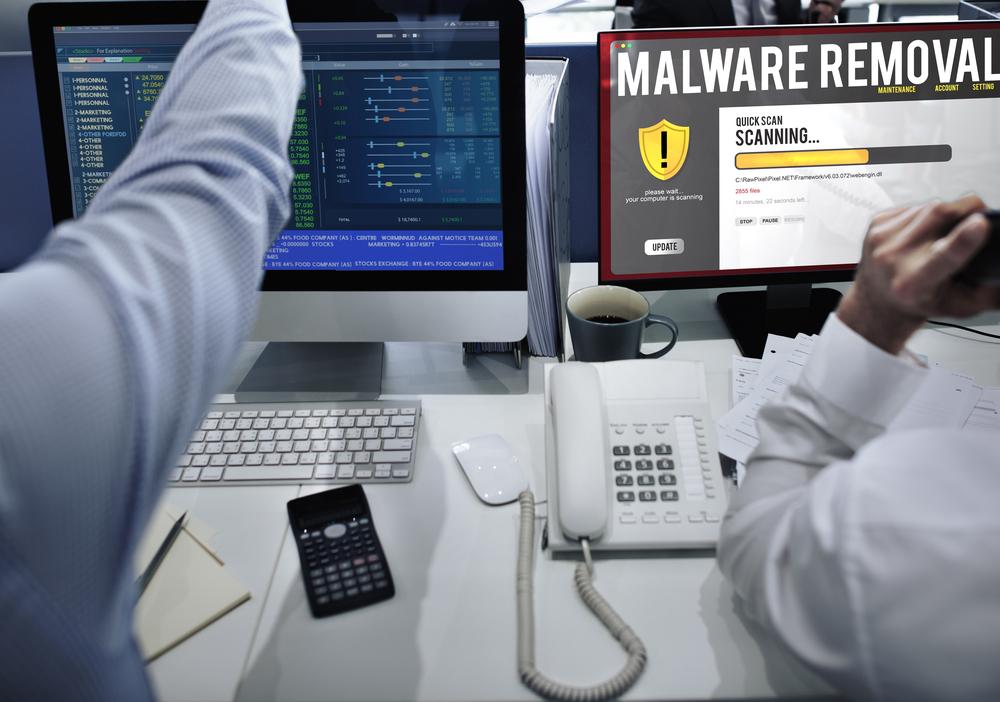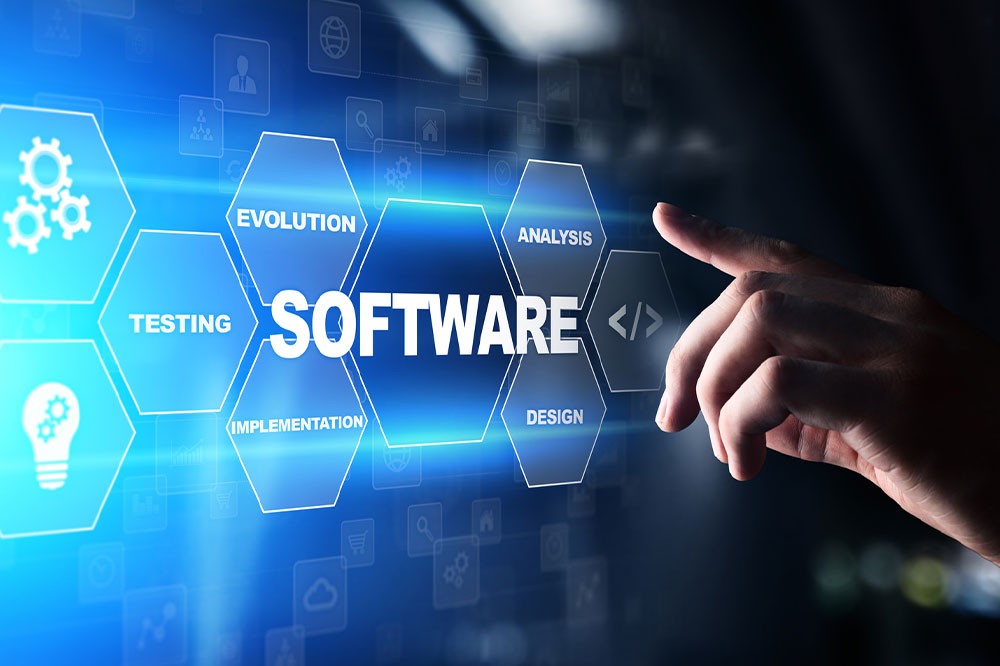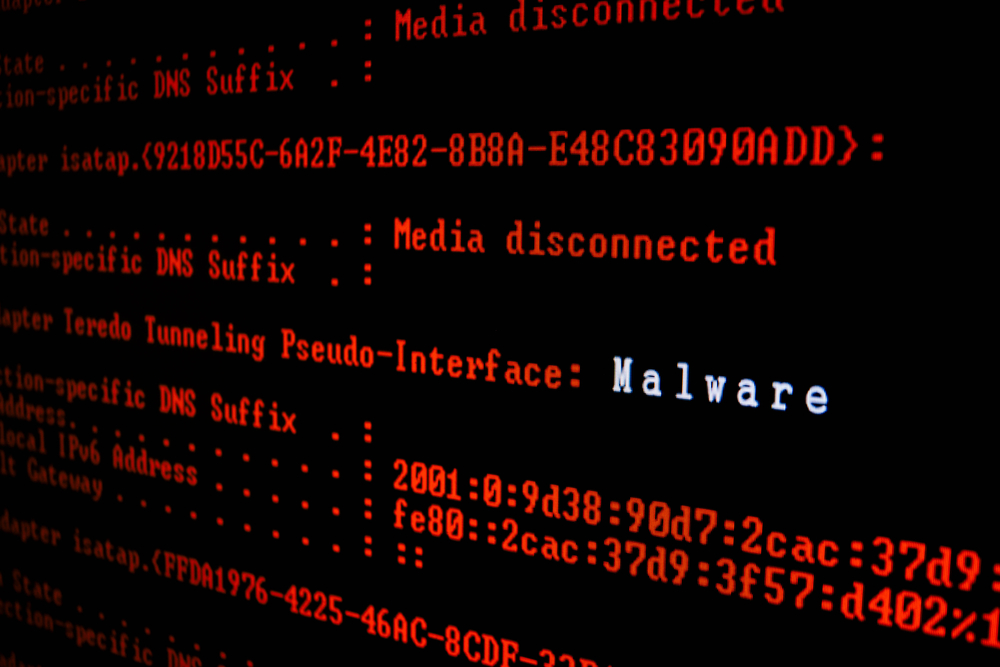The Significance of Anti-Plagiarism Software in Contemporary Education
Anti-plagiarism software plays a crucial role in maintaining academic integrity by detecting duplicated content, protecting intellectual property, and educating users about originality. These tools streamline review processes and ensure work authenticity across educational and professional sectors. As technology advances, their accuracy continues to improve, reinforcing honest scholarship and creative work.

The Significance of Anti-Plagiarism Software in Contemporary Education
In the digital era, the vast availability of online information offers both advantages and difficulties. One major challenge is the increasing occurrence of plagiarism, which raises concerns in academic and professional fields. To address this, anti-plagiarism tools have become essential. This article explores the importance, working mechanisms, and advantages of anti-plagiarism software, emphasizing its vital role in preserving originality and academic honesty.
Defining Plagiarism and Its Effects
Plagiarism involves copying someone else's work or ideas without proper attribution. Such misconduct can lead to serious repercussions, including academic penalties, damaged reputations, and legal issues.
Within academic circles, plagiarism devalues educational efforts and undermines research authenticity. It is therefore vital to implement effective detection and prevention measures.
What Is Anti-Plagiarism Software?
Anti-plagiarism software consists of specialized programs that identify copied content in written work. They compare submitted texts against extensive databases, including academic journals, online sources, and previous submissions, to find similarities. These tools generate detailed reports that highlight suspicious sections, helping users verify originality.
Operational Mechanics of Anti-Plagiarism Software
Database Matching
The software scans the submitted document and matches its content with comprehensive databases containing academic publications, web pages, and earlier student submissions.
By analyzing the text, the software uncovers similarities and potential overlaps with existing sources. It marks these sections for review, allowing users to cite properly or revise content for compliance.
Detailed Results
Most tools provide thorough reports indicating the percentage of matching content, original sources, and specific overlaps. Such insights aid students, instructors, and authors in assessing the originality level of their work.
Advantages of Anti-Plagiarism Tools
Maintaining Academic Integrity
The primary benefit is ensuring honesty in academic work. Detecting plagiarism helps uphold the credibility of educational and research outputs.
Educational Value for Learners
These tools are not solely for detection — they serve as learning aids. They help students understand what constitutes plagiarism and promote ethical research and writing habits.
Efficient Review Process
For teachers and reviewers, anti-plagiarism software speeds up the evaluation process. Instead of manual checks, these tools provide quick, reliable detection, reducing errors and saving time.
Protection of Creative Work
Original authors and content creators safeguard their intellectual property. Anti-plagiarism programs identify unauthorized use, ensuring proper credit is given.
Leading Plagiarism Detection Solutions
Popular tools renowned for accuracy and user convenience include:
Turnitin
Grammarly
Copyscape
Unicheck
Turnitin is extensively used in schools for its extensive database and integration with learning systems. Grammarly combines grammar correction with plagiarism detection, ideal for students. Copyscape focuses on web content, helping publishers verify originality. Unicheck offers real-time checks with versatile file compatibility.
In a landscape rich in information, the risk of unintentional or intentional plagiarism persists. Anti-plagiarism software is vital for maintaining high standards of originality in both academia and industry. They serve as both detectors and educative tools, fostering honest intellectual work. As technology progresses, these tools will become even more precise, further strengthening the integrity of creative efforts.









